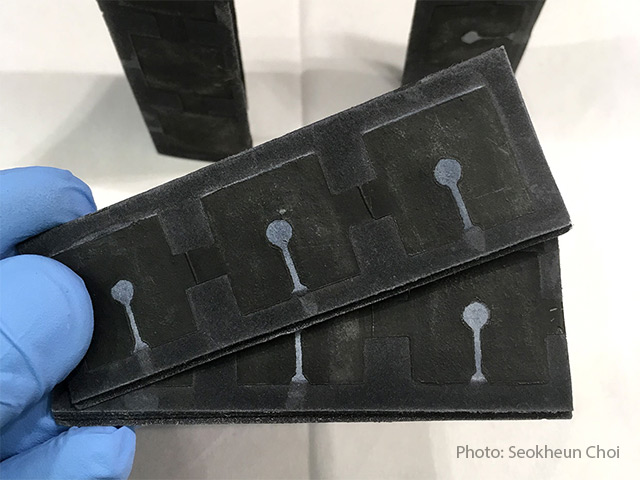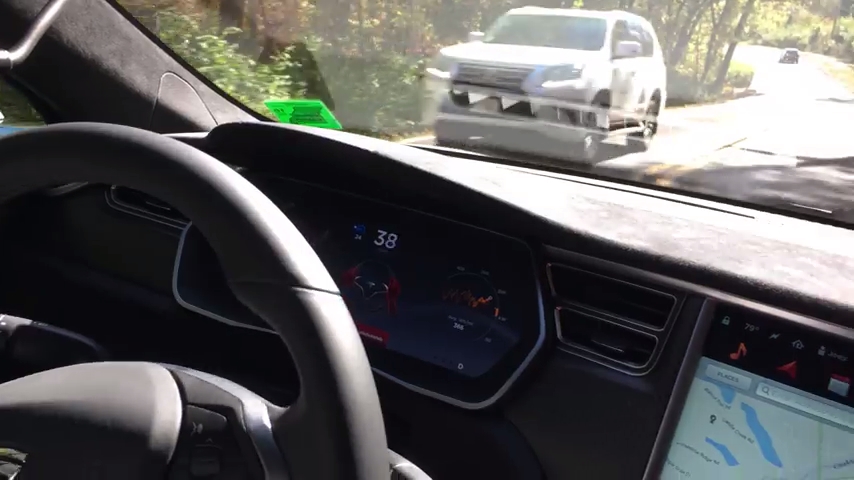NASA now allowing scientists to use nuclear power sources for future space missions
04/22/2018 / By Edsel Cook

The resumption of domestic production of plutonium-238 has led NASA to reconsider the use of nuclear power sources in its future planetary science missions, according to an article from Space.com.
Back in December 2017, NASA needed to conserve its dwindling stockpile of nuclear fuel for the Mars 2020 rover and other, more critical missions. So it forbade the use of radioisotope power systems in designs for its Discovery space probe.
The sole exception was the use of radioisotope heater units (RHUs) to keep vital spacecraft parts from freezing. RHUs only needed a minuscule amount of plutonium-238 to work.
The ban affected one of the two finalists for the New Frontiers planetary science missions. The Dragonfly design planned to use a radioisotope power system because it would be sent to Saturn’s moon Titan.
Planned lunar missions were also affected. They needed a power source during the lunar nights, which last for two weeks.
As late as February 2018, NASA needed to bear in mind the available supply of plutonium and the efforts to restart production of nuclear fuel in the U.S.
“We have some liens against the radioisotope power,” said Jim Green, the director of the agency’s planetary science division. “The last thing we want to do is to select a mission and then not be ready to fly it.” (Related: Avoiding Armageddon: Scientists experiment with ways to destroy or redirect threats from space.)
NASA approves use of nuclear power systems on new Discovery space probe
By March 2018, NASA has changed its tune. During the 49th Lunar and Planetary Sciences Conference, Green announced that the agency was reconsidering its ban on nuclear power for the Discovery competition.
According to him, NASA consulted with the Department of Energy (DOE) about plutonium-238 supplies. The DOE reported good progress on restarting production of the plutonium isotope.
NASA now believed it could afford to spare precious nuclear fuel for radioisotope power systems on the next Discovery mission. It will permit up to two multi-mission radioisotope thermoelectric generators (MMRTGs) on new designs.
“The confluence of when that would happen, and when these two programs would really move out, just seemed to come together a little bit for us and would enable us to move in this direction,” Green remarked.
NASA has just begun to plan its next Discovery mission. The agency projects a tentative announcement in September 2018, followed by a final announcement in February 2019.
The finalists will be selected in December 2019. By June 2021, NASA would have picked a winning design, which should be ready by 2026 at the latest.
Things are looking good for planetary science
NASA’s planetary science division has been on a roll. During the conference, Green talked about the progress of other planetary science missions.
Furthermore, his division was getting a budget of $2.2 billion for 2018. Receiving clearance for the use of radioisotope power systems on the Discovery probe was the cherry atop this sweet birthday cake.
“Overall, planetary science is doing incredibly well. This is spectacular. Planetary science has never had this high a budget,” he remarked.
Attendees were thrilled about the expanded budget and the availability of radioisotope power systems for new planetary probes. But a number also raised concerns that the good news came at the expense of other NASA divisions or even unrelated federal programs.
Green reassured his audience’s concerns about NASA’s historical tendency to slash the budget of the planetary science division.
“Many of us lived through some really austere times. It’s now our time in the sun to shine,” he said.
The Lunar and Planetary Sciences Conference is the biggest meeting in the field of planetary science. This year, it was held in The Woodlands, Texas.
For the latest developments in planetary and space science, visit Space.News.
Sources include:
Tagged Under: future science, NASA, nuclear power, plutonium, plutonium-238, radioisotope, space exploration, space missions, space probe, Spacecraft


















